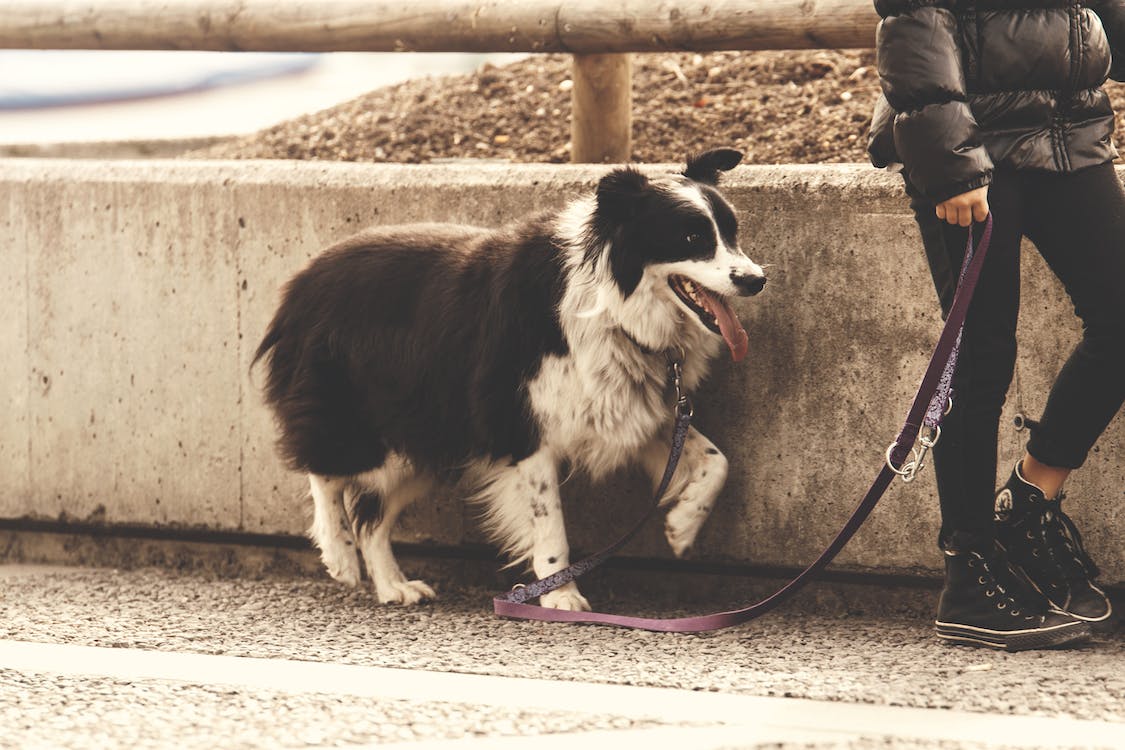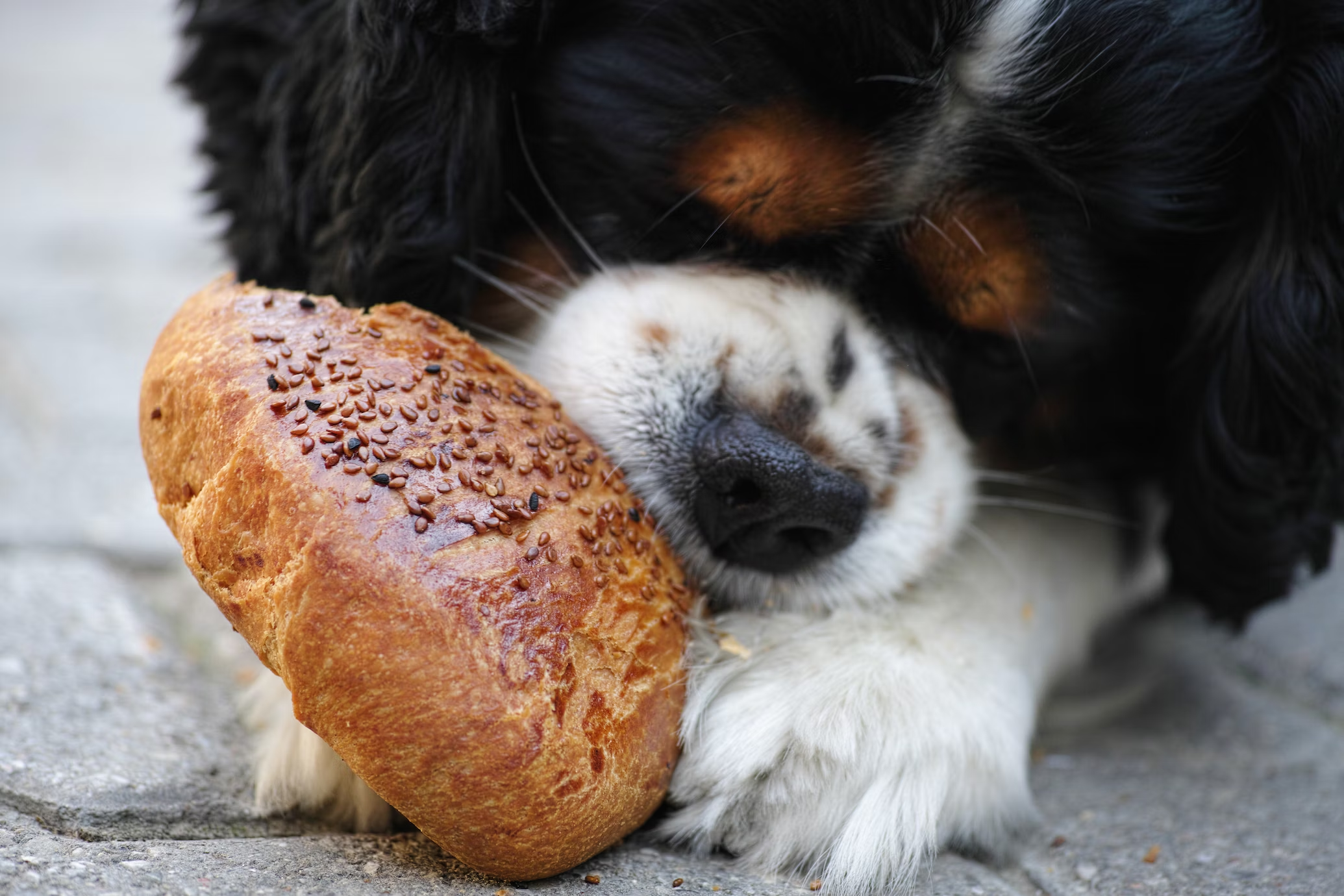As dogs reach their golden years, owners may notice their once lazy pups morph into restless wanderers pacing the house aimlessly. This change can signal normal aging, or issues like pain, declining cognitive function and separation anxiety.
If your senior dog paces frequently,determine underlying causes and solutions to make their final chapter more comfortable. Their movement pattern changes communicate unmet needs requiring your attentive caregiving.
Top Reasons Senior Dogs Pace
An occasional mosey through the rooms is normal dog behavior. But excessive pacing in aging pets often indicates:
Discomfort and Arthritis
- Aging joints hurt, especially hips/knees compromised by arthritis. Movement eases soreness.
- Hard floors worsen discomfort over long distances. Providing orthopedic beds creates welcomed respite.
- Medical oversight ensures adequate pain control and mobility as needed.
Cognitive Dysfunction Syndrome (CDS)
- CDS involves progressive brain aging causing confusion, anxiety, disorientation and activity changes.
- Aimless wandering and pacing frequently manifest especially at night along with potty accidents.
- Sticking to caregiving routines while gently redirecting pacing to rest areas gives stability.
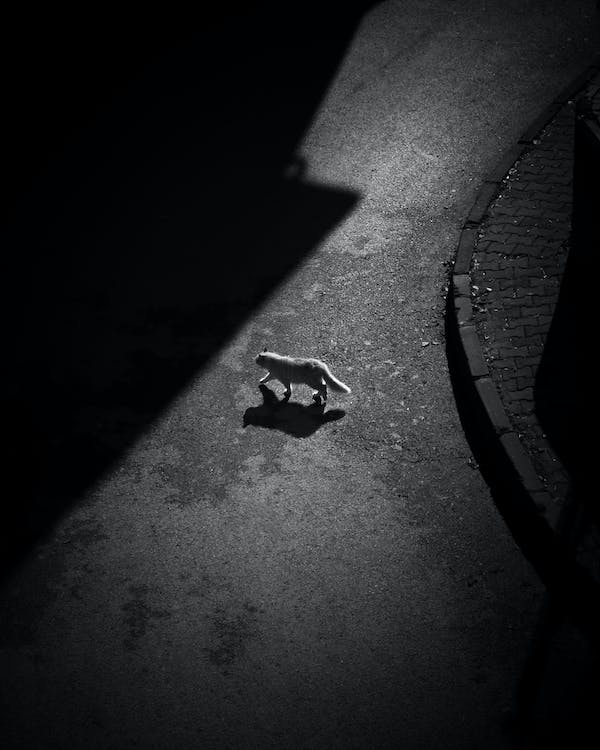
Loss of Senses
- Deteriorating eyesight, hearing and scent perception disorients, sparking restless pacing seeking environmental cues.
- Night time wanderings increase risks around stairs or furnishings. Leave night lights on preventing household fall hazards.
Medication Side Effects
- Medications for arthritis, anxiety and other conditions can themselves cause restlessness.
- Track whether new supplements, doses or prescriptions coincide with pacing onset.
- Make adjustments only under your vet’s guidance.
Inadequate Exercise
- Previously active dogs grow depressed when aging slows their exercise capacity.
- Supplementing shorter walks with mentally stimulating games keeps their bodies and minds fulfilled.
- Interactive toys like puzzle feeders provide mobile but low impact engagement.
Stress and Anxiety
- Losing long term human/canine companions triggers grief and separation anxiety.
- Adopting another pet boosts comfort. The new friendship makes pacing subside.
- Confine unsupervised dogs showing signs of stress-chewing/destruction to safer zones.
Underlying Illness
- Sudden pacing warrants complete veterinary work ups checking for infections and conditions causing pain/discomfort.
- Monitor eating, drinking and potty habits for changes signaling potential sicknesses needing acute treatment.
- Blood panels check for organ issues like kidney disease that can spark behavioral shifts.
Stay observant of all health and environmental factors that could agitate your senior dog into distressed pacing. The better equipped you become at recognizing their unique triggers, the sooner you can intervene with appropriate solutions.

Risks of Unmanaged Senior Dog Pacing
While some wandering is normal, excessive unchecked pacing has risks for geriatric dogs:
Falls/Accidents
- Visual, proprioceptive and mobility decline makes pacing unsafe near stairs or furniture.
- Disorientation and urge to patrol can manifest especially dangerously at night. Supply night lights.
- Confine unsupervised pacing dogs to protect failing vision/instability issues.
Weight Loss
- Calvin Burns from restless wandering supersede reduced nutritional intake abilities.
- Monitor if obsessive pacing decreases proper food consumption leading to unhealthy weight loss.
- Adjust diets/feeding schedules if needed under veterinary guidance.
Paw Injuries
- Excessive time standing/walking on hard floors causes painful calluses and stress injuries.
- Carpeted runners provide padded relief on popular traffic pathways.
- Apply paw balms/booties if abrasions occur. Trim excess fur between paw pads.
Indoor Accidents
- Pacing dogs may miss signals to potty outdoors, suddenly urgently going inside.
- Containing unsupervised dogs in rooms with potty pads reduces messy surprises.
- Allow frequent outdoor breaks to empty on schedule.
Exacerbated Anxiety
- The longer pacing goes unresolved, the more frantic and distressed dogs can become.
- Break the cycle early before it manifests into obsessiveness needing extensive behavior modification.
- Confine their safe den space using calmatives when unsupervised.
Attend promptly to senior dogs’ pacing by first identifying underlying causes, then mitigating risks plus negative reinforcements fueling the behavior long-term through targeted medical care, training and environmental management strategies customized to their changing needs.
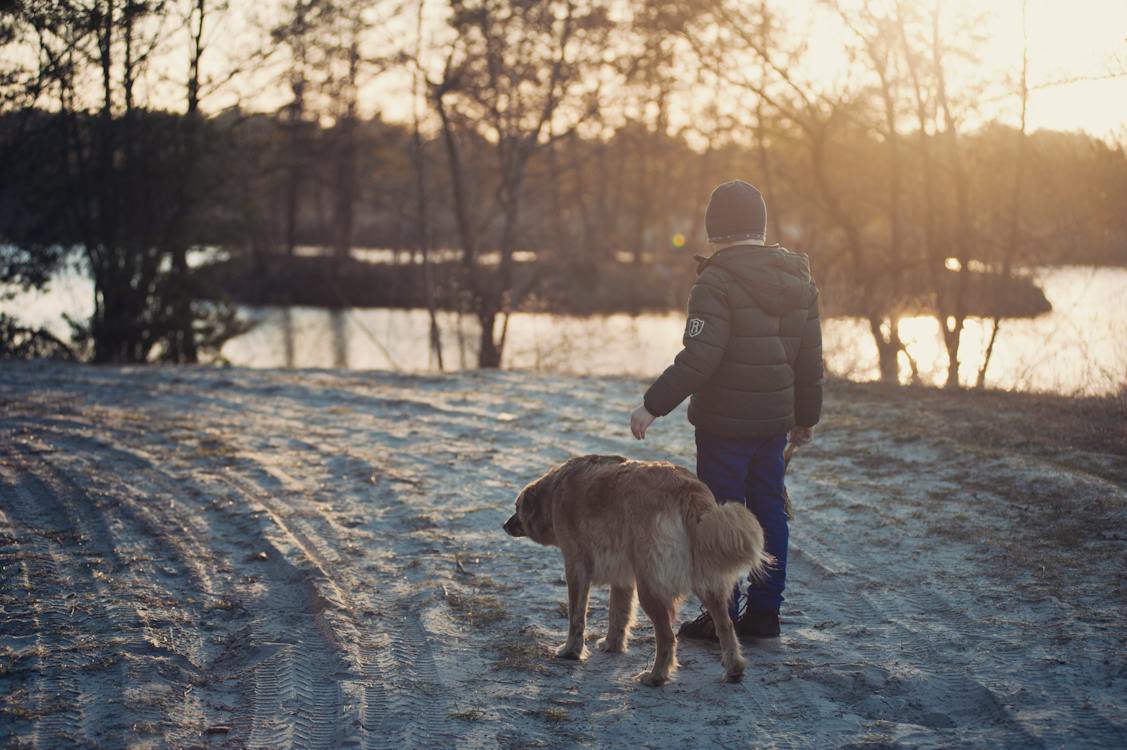
How to Manage Senior Dog Pacing
Follow these tips minimizing restless roaming and risks associated with your aging pup’s patrolling:
Schedule Vet Exams
- Routine wellness exams help catch age related diseases early when interventions are most effective. Alert your vet promptly about any observed pacing. Discuss optimizing pain, cognition and stress coping medications as needed.
- Request blood panels checking for conditions causing sudden pacing like organ or glandular disorders needing diagnosis/treatment.
- Keep vaccinations current to prevent contagious illnesses disturbing health/behavior.
Provide Comfortable Rest Areas
Orthopedic beds give elderly joints supported rest between pacing spurts without aggravating pressure points. Strategically place beds offering both family visibility and privacy appealing to changing social preferences as senior dogs often prefer proximity without direct interaction. Rotate bed types discovering most cozy.
Install Non Slip Floors/Lighting
Protect unstable pacers by adding railings/rugs on slippery floors and ensuring adequate lighting. Grippy socks provide traction during chilly seasons if walking on hardwoods remains necessary before carpeting entire at risk rooms currently aggravating slide slips. Confine unsupervised wanderers.
Exercise Mind and Body
Make sure pacing isn’t from insufficient activity feeding unrest. Try therapy pool swims supporting mobility issues impacting traditional exercise. Perform several daily smell walks sniffing outdoors at their pace prevented from overdoing it. Engage aging minds learning new tricks or playing mentally stimulating games like hide and seek incorporating names of loved ones.
Remove Stress Triggers
Providing familiar spaces with established positive routines while managing underlying health issues compassionately keeps senior dogs content minimized unnecessary wandering. If introducing new environments is unavoidable, help them feel secure packing beloved beds helping retain their scent. Administer calmatives preventing onsite pacing related to traveling/boarding stress.
Try Natural Calming Aids
Discuss vet approved anti-anxiety medication if pacing seems obsessive, but first explore gentle holistic approaches like calmatives, pheromone diffusers and chamomile/CBD oils shown relaxing without sedation side effects. Time engagement shortly before manifestations usually occur.
Offer Activity Feeders
Food dispensing toys keep aging minds engaged productively applying natural foraging skills while simultaneously delivering physical and mental stimulation needed. Great pacing distractions!
Practice Patience
Finally, simply spending more quality time together through calmer activities like brushing, reading aloud or singing reassures senior dogs their place remains secured in the family despite declining capabilities temporarily limiting interactions. Regulating presence balanced meeting their needs first prevents problematic attention seeking.
Implementing common sense management and environmental modifications allows aging changes gracefully preventing restlessness rising to full blown anxiety. Support their pace adjusting care plans addressing evolving requirements. With compassion, the golden years glow keeping your elderly dog content not just surviving, but thriving safely right where they most cherish – by your side.
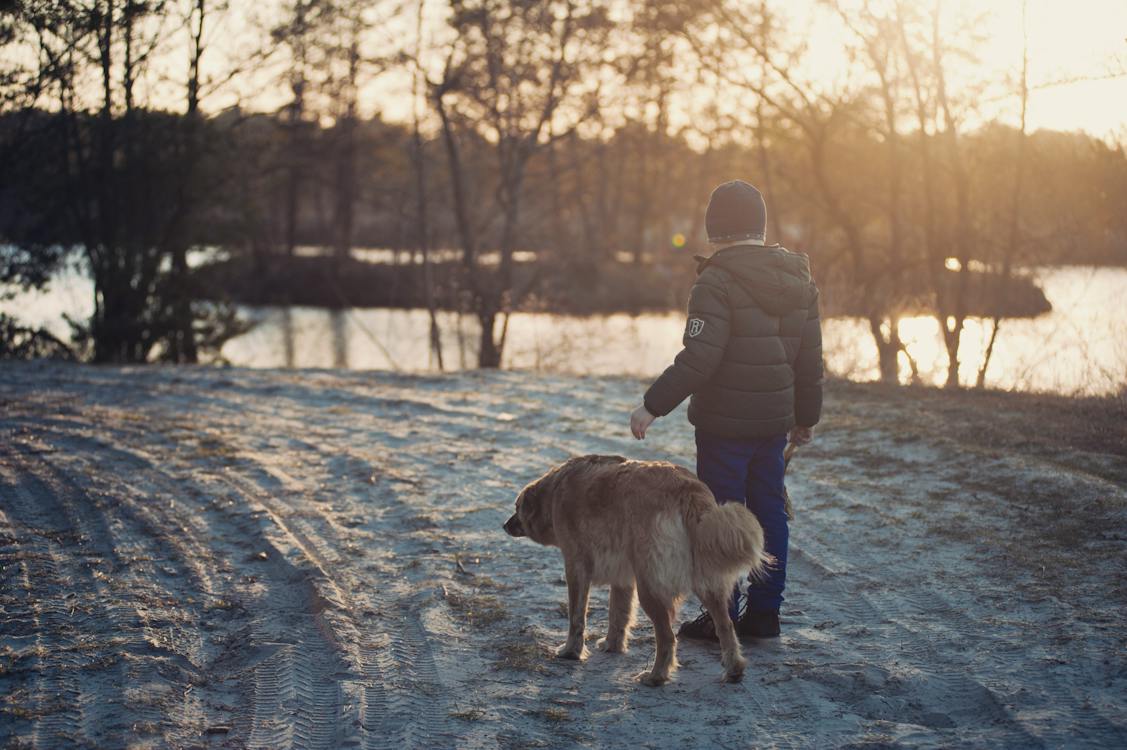
Frequently Asked Questions
Q: Why does my older dog pace more at night?
A: Sundowning syndrome confused by low light vision loss causes senior dogs becoming more restless at night. Supply ample lighting, interaction and potty access preventing darkness induced stress.
Q: Are dog pacing collars safe for aging pets?
A: Not generally recommended without vet approval. Electronic collars risk over correcting medical issues needing treatment or exacerbating stress causing pacing in the first place. Explore healthier alternatives aligned with your elder’s needs first.
Q: Could my senior dog’s pacing indicate dementia?
A: Quite possibly. Dementia leads to pacing and circling. Have your vet assess cognitive functioning and whether medication could help if disorientation markers present beyond normal aging. Routine through engaging their senses helps.
Q: My elderly dog seems obsessed with pacing despite my interventions. What else can I try?
A: Persistent pacing likely involves anxiety or compulsive disorders which can intensify without resolution. Consult veterinary behaviorists for customized care plans involving prescriptive behavioral therapies and medications allowing better impulse control if natural changes haven’t curtailed obsessive patrols.
Q: How much pacing is too much in senior dogs?
A: More than 20 minutes per episode signals underlying issues need addressing – especially if restlessness persists hourly without self settling ability. Keep records on pacing duration and frequency to identify patterns guiding next health steps. Vet collaboration gets your elder dog comfortable.
